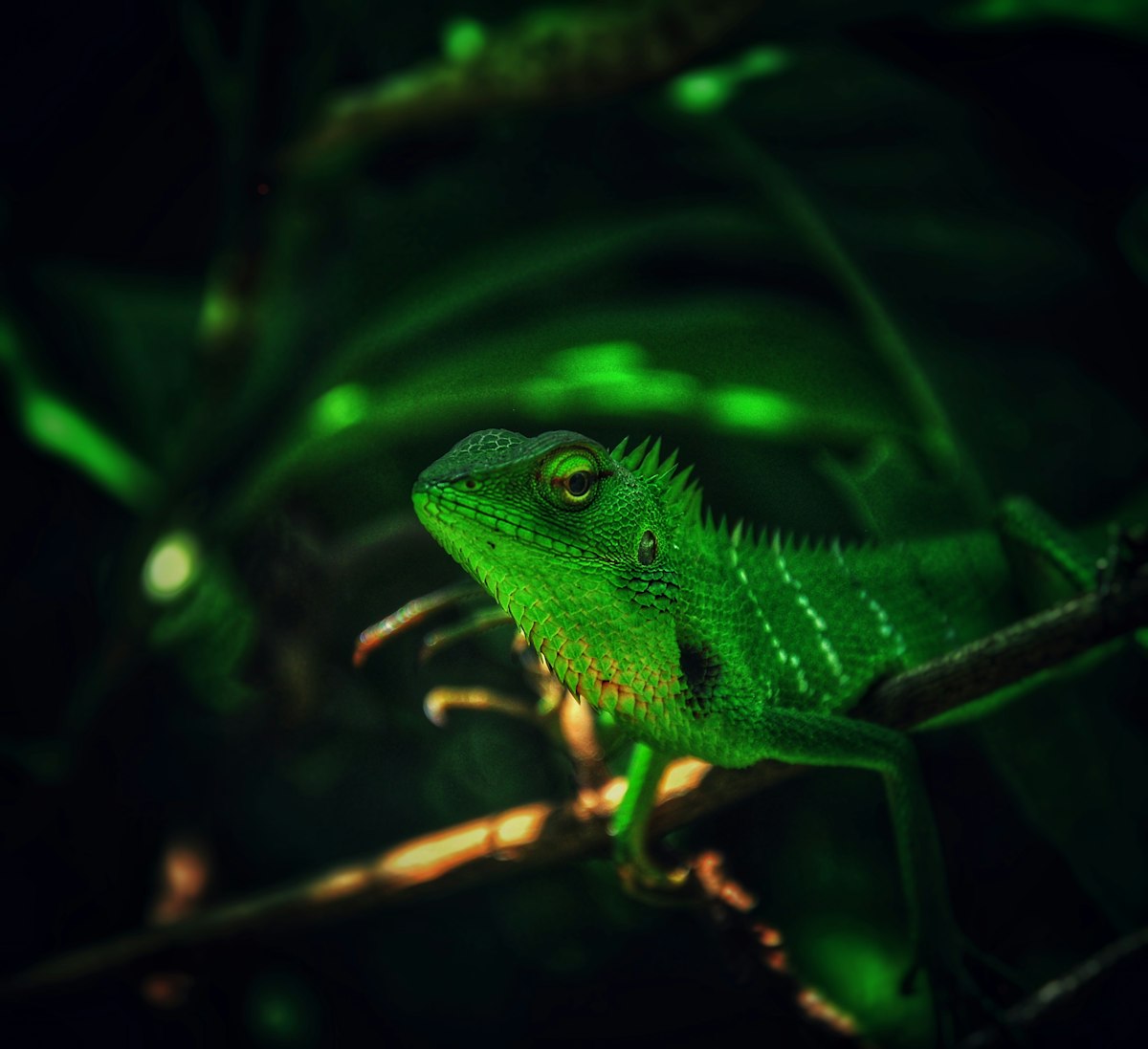Six incredible animals you can see in Costa Alegre
These six species will make you company during your visit to Costa Alegre, in the Mexican Pacific.

These six species will make you company during your visit to Costa Alegre, in the Mexican Pacific. There are many more, because the biological diversity of this tourist corridor located between Puerto Vallarta, Jalisco, and Manzanillo, Colima, is amazing.
Fishing eagle
This beautiful bird of prey, also known as "Seahawk", is found in almost every corner of the world, it can adapt to virtually any habitat whenever there is a shallow body of water and a good place to build your nests. Although it usually nests in the treetops, it has also been seen on billboards, high voltage towers, and communication towers. Its body has adapted to make it an excellent hunter. It has a nasal passage that prevents it from getting water when it dives to catch a fish, as well as reversible fingers so that when fishing it can have two fingers forward and two backward so that the fish do not slip.
Something curious about the osprey is that they are usually monogamous unless the male feels that his second pair lives close enough to be able to protect both nests. They communicate through various sounds, such as chirping, whistling, and long vocalizations, and can live up to 12 years in the wild or 25 in captivity. And their offspring can reach 80% of their adult size in just one month.
Gallareta americana
It is a bird that emits a variety of songs day and night and enjoys being in the water, so it is common to see it swimming with a calm and leisurely rhythm while swinging its head back and forth. The coots usually have one to two clutches per year. When swimming, the mothers will be accompanied by their young, who are usually ready to jump into the water at six hours after birth, although they must wait until eight weeks to be able to fly. The parents only feed the chicks when they "ask" by twisting the neck to one side and, at sundown, the young sleep on a special platform built by the father.
Badger (coati)
These mammals have the peculiarity that they love trees, even make nests in them. They are very sociable creatures and can form groups of up to 25 females, although males usually live apart unless it is mating season, at which time they must compete for attention. As with meerkats, coatis often mount guards to warn of the presence of predators, such as the ocelot or the jaguar. They are animals that are guided by smell and can detect buried food and look for them with their snout, hence in Guarani they are called "coatí", which means "elongated nose". However, what is most striking is its hind limb: a double joint that allows them to bend their ankles to climb, they can even lower the trees face down.
White-tailed deer
Present throughout the world, deer tend to adapt easily to changing environments. They can eat different things, although they will try to find those foods of their preference unless they are scarce. When they do not find food, they are content to eat what is in their way; however, this will affect during the mating process, because if their basic needs are not met, they will not have offspring. In winter their bodies acquire a grayish tone to change with their surroundings and their antlers are renewed for the ritual of reproduction. When the young are born, the mother and her fawn, which will have mottled skin, move away from the herd for two weeks. The deer communicate through their urine and scent glands, with which they mark their territory and warn of dangers.
Green Iguana
It is one of the oldest reptiles, it can live for many years and spend much of its life in the trees looking for food. Its tail is very strong and it usually uses it as a whip when it feels in danger. Although there are small specimens of 35 cm, they can reach up to one and a half meters long. Although they are solitary, during the breeding season they form groups of up to eight female iguanas with a territorial male. The males are usually very aggressive and fight in this period. In addition, they do a courtship dance to be more attractive to the females, which consists of expanding their chins, moving their heads, and turning in circles. Once pregnant, the female will dig many tunnels with several "ramicaciones" to deposit their eggs and confuse the predators.
American stork
Considered the only native stork in North America, it lives in places where grass, pastures, and cultivated land predominate. Its flight is slow, but it usually rises a lot on hot days. It is a solitary bird that rarely moves in groups; its time of mating is in spring when the male looks for materials to build the nest and the female are responsible for its construction in places close to lakes and ponds. The eggs are laid on different days, and the clutch is usually two to four eggs. Both parents are responsible for the incubation, which takes about a month. Once born, the chicks leave the nest at ten weeks but continue to ask their parents for food for another month or two.




